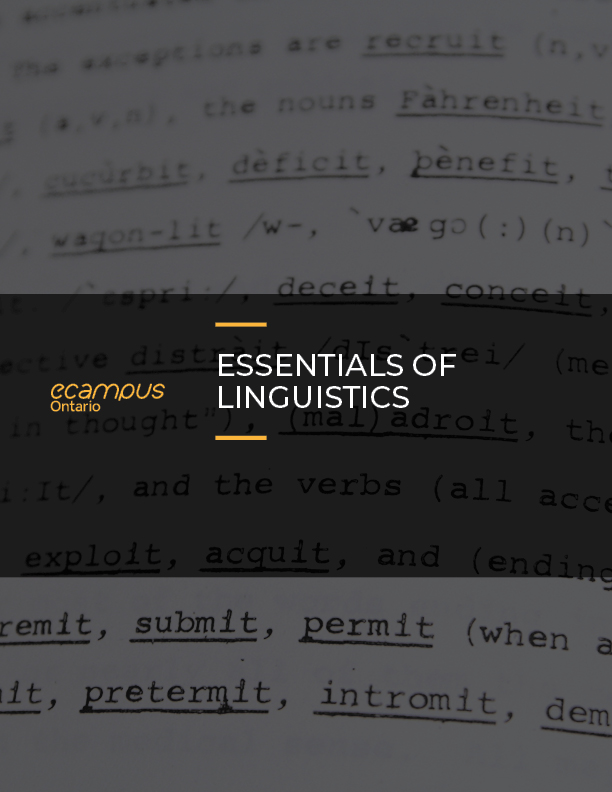
Tác giả: Catherine Anderson
Nhà xuất bản: Project Gutenberg
Thể loại: Ngôn ngữ
Định dạng: Epub
Lượt xem: 6426
Ngày cập nhật: 14/04/2021
Book Description: This Open Educational Resource (OER) brings together Open Access content from around the web and enhances it with dynamic video lectures about the core areas of theoretical linguistics (phonetics, phonology, morphology, syntax, and semantics), supplemented with discussion of psycholinguistic and neurolinguistic findings. Essentials of Linguistics is suitable for any beginning learner of linguistics but is primarily aimed at the Canadian learner, focusing on Canadian English for learning phonetic transcription, and discussing the status of Indigenous languages in Canada. Drawing on best practices for instructional design, Essentials of Linguistics is suitable for blended classes, traditional lecture classes, and for self-directed learning. No prior knowledge of linguistics is required.
II. Chapter 2: Producing Speech Sounds
III. Chapter 3: Transcribing Speech Sounds
VIII. Chapter 8: Forming Sentences
XII. Back Matter Test